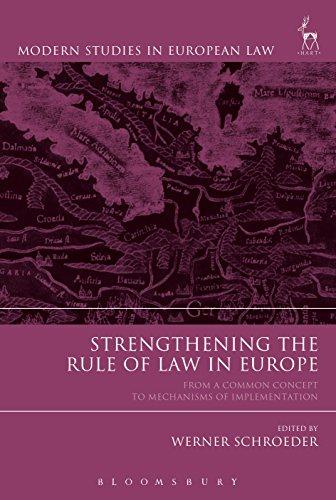Question
Hello tutors please help, provide detailed explanation. Follow the following link: https://www.activeshub.org/topic/view/id/47/chapterId/522 1. Does the shareholders' equity represent the savings a company has accumulated through
Hello tutors please help, provide detailed explanation.
Follow the following link: https://www.activeshub.org/topic/view/id/47/chapterId/522
1. Does the shareholders' equity represent the savings a company has accumulated
through the years?
2. Is book value the best proxy to the value of the shares?
3. Is a valuation realized by a prestigious investment bank a scientifically approved
result which any investor could use as a reference?
4. Is it possible for a company with a positive net income and which does not distribute
dividends to find itself in suspension of payments?
- IESE Business School-University of Navarra
5.There are four ways a company can use the money it generates: a) buying other
companies or assets; b) reducing its debt; c) distribute it to shareholders, and d)
increasing its cash holdings. What other reasonable things can it do?
6. As my company is not listed, the investment banks apply an illiquidity premium.
Actually, they say it is an illiquidity premium but then they call it a small cap premium.
One of the banks, apparently based on Titman y Martin (2007), added the following
small cap premiums: "0.91% if the capitalization is situated between $1,167 and $4,794
million; 1.70% if the capitalization is between $331 and $1,167 million; 4.01% if it is
lower than $331 million". Another bank adds 2% because historically the return of small
companies was smaller than that of big companies. Which one is more appropriate?
7.Which taxes do I have to use when calculating the Free Cash Flow (FCF) - is it the
marginal tax rate or the medium tax rate of the leveraged company?
8. According to what I read in a book, market efficiency hypothesis implies that the
expected average value of variations in the shares price is zero. Therefore, the best
estimate of the future price of a share is its price today, as it incorporates all the
available information. Is that right?
9. An investment bank calculated my WACC. The report says: "the definition of the
WACC is WACC = RF + u (RM - RF); RF being the risk-free rate, u the unleveraged
beta and RM the market risk rate." This is different from what we have seen in our
class. Are they right?
10. I read in a sentence passed by the Supreme Court that, in order to value companies,
economic doctrine relies on intermediary methods between the practical models and the
'Anglo-Saxon' theoretical models common in the United States and United Kingdom,
and the criteria set by the Administration is the result of a combination of bot
Step by Step Solution
There are 3 Steps involved in it
Step: 1

Get Instant Access to Expert-Tailored Solutions
See step-by-step solutions with expert insights and AI powered tools for academic success
Step: 2

Step: 3

Ace Your Homework with AI
Get the answers you need in no time with our AI-driven, step-by-step assistance
Get Started


